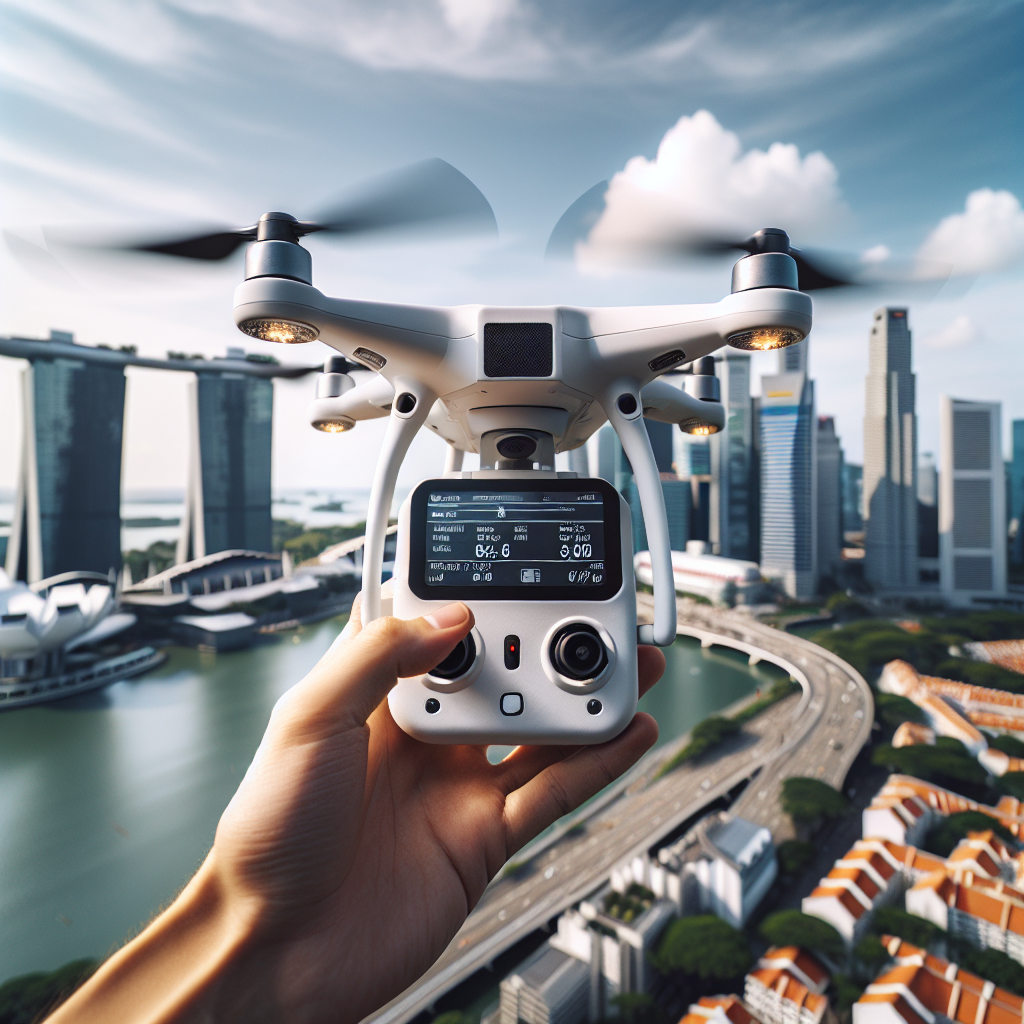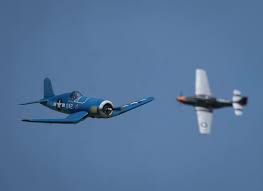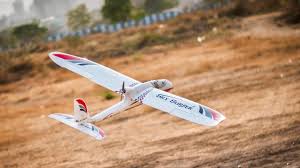New Drone Regulations: Digital License Plates Mandatory by December 2025
Introduction
In a significant update for aerial hobbyists and professionals alike, the Civil Aviation Authority of Singapore (CAAS) has introduced a new regulation that will require all drones to have digital license plates by December 2025. This decision aims to enhance the safety, security, and management of unmanned aircraft operations within Singapore’s crowded airspace.
What is a Digital License Plate for Drones?
A digital license plate, also known as a remote identification system, is a critical technological upgrade that allows authorities to access crucial information about the drone and its operator in real time. This system will include a real-time broadcast of the drone’s unique identification number, location, altitude, velocity, and the operator’s identification details.
Why Now?
The escalating popularity of drones has brought with it a surge in drone-related accidents and security issues. As drones are deployed for various purposes such as photography, delivery services, and recreational activities, the sheer volume of these devices in the sky has posed substantial risks to commercial aviation and public safety. The new regulation aims to:
Key Features of the Digital License Plate System
Understanding how this system will work is crucial for current and future drone operators. Here’s a breakdown of its key features:
Unique Identification
Every drone will be assigned a unique identification number which will be embedded within the drone’s software. This ID will be transmitted continuously during flight, allowing authorities to quickly pinpoint the drone’s make and model.
Location and Altitude Tracking
The system will continuously broadcast the drone’s location and altitude, aiding in the visualization of its flight path. This becomes especially handy in areas with heavy air traffic.
Operator Identification
In addition to the drone’s details, the operator’s ID will also be readily available. This measure aims to deter illegal or unsafe drone activities by making it easier to identify and penalize the offending operators.
Compliance and Costs
Complying with this new regulation will require both existing and new drone users to upgrade their systems. While the CAAS has yet to finalize the cost structure, preliminary reports suggest that the costs will be reasonable.
Who Needs to Comply?
Steps to Compliance
The Road Ahead
As we gear up for a future where the skies will be filled with drones, this new regulation marks a pivotal step towards safer and more organized airspace management.
Technological Advancements
Expect increased innovation in drone technology, with manufacturers racing to integrate advanced remote identification systems into their products. This could lead to a notable bump in the quality and safety features of future drones.
Enhanced Law Enforcement
Law enforcement agencies will find it easier to manage and monitor drone activities, reducing instances of illegal flights, and ensuring compliance with existing laws more effectively.
Global Standards
The move by Singapore could also set a precedent for other countries to adopt similar measures, encouraging a globally standardized approach to drone regulation.
Public Reaction
While the new regulations have generally been met with approval, they are not without critics. Some hobbyists argue that the added cost and compliance measures could stifle innovation and participation within the drone community. However, the broader consensus leans towards the long-term benefits outweighing initial inconveniences.
Supporting the Greater Good
Many drone enthusiasts recognize the potential benefits, noting that improved safety will encourage more public and commercial investments in drone technology. This, in turn, could open up new opportunities and applications for drones, from medical deliveries to enhanced real-time data collection during emergencies.
Conclusion
The new drone regulations set to be implemented by December 2025 represent a fundamental shift in how drones are used and regulated within Singapore. By making digital license plates mandatory, CAAS aims to enhance airspace management, security, and overall safety. While the road to compliance may present some challenges, the long-term benefits of having a more secure and organized drone ecosystem are compelling.
For drone operators and enthusiasts, the message is clear: begin preparations now to ensure a smooth transition to these new regulatory requirements. Beyond compliance, this move opens up a realm of possibilities for safer and more innovative drone applications in the future.







